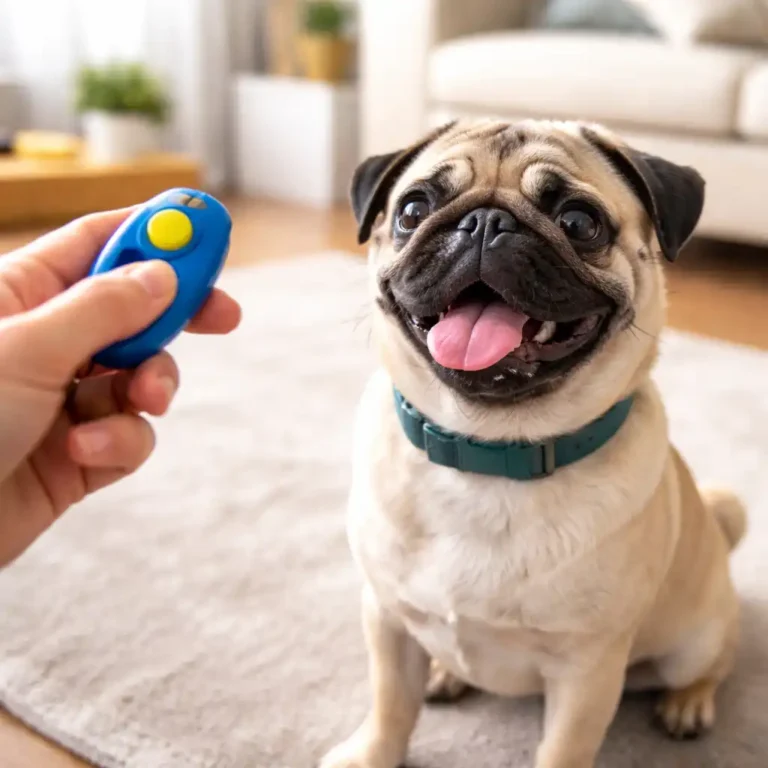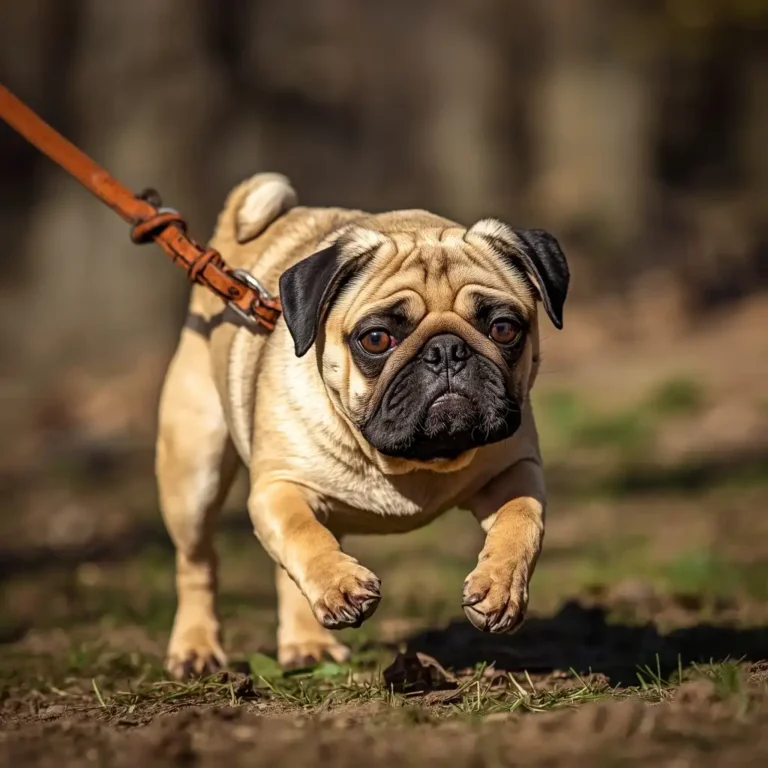Do Pugs Bite? What’s Normal, What’s Not, and When to Be Concerned

Disclosure: This post contains affiliate links. As an Amazon Associate, I earn from qualifying purchases—at no extra cost to you.
Last Updated: December 2025
Pugs aren’t known for aggression, but like any dog, they can bite in certain situations. Most biting in pugs isn’t about being mean—it’s communication. Fear, overstimulation, pain, or normal puppy behavior are far more common causes than true aggression.
Once you understand why a pug bites, it becomes much easier to prevent the behavior and respond calmly instead of escalating the situation.
👉 If you’re working through multiple behavior questions, this pug training and behavior guide shows how biting, training, and everyday habits connect in real-life situations.
Responsible Care Note
BePug content is designed to share general, breed-specific information based on research and real-world pug ownership experience. It is not a substitute for professional veterinary advice. If your pug shows persistent symptoms, sudden behavior changes, or signs of distress, consult a qualified veterinarian.
🔍 Are Pugs an Aggressive Breed?
Pugs are generally gentle, social, and people-focused dogs. They weren’t bred for guarding or protection, and serious aggression is uncommon in the breed.
When a pug does bite, it’s usually situational. Addressing the cause—rather than labeling the dog—often resolves the issue.
🔍 Puppy Biting Is Normal
Pug puppies explore the world with their mouths. Nipping, chewing, and mouthing are normal parts of teething and learning how to play.
With age, guidance, and redirection to appropriate toys, this behavior usually fades on its own.
🔍 Adult Pug Biting Usually Has a Clear Cause
Biting in adult pugs is much less common and almost always linked to something specific. Fear, pain, being startled, or feeling overwhelmed are common triggers.
If an adult pug suddenly starts biting, it’s important to look for changes in health, environment, or routine.
🔍 Play Biting vs Real Warning Bites
Play biting is typically light and inconsistent. It’s paired with relaxed body language and happens during excitement or rough play.
Warning bites are different. They’re often preceded by stiff posture, freezing, growling, or avoidance signals that weren’t noticed or were ignored.
🔍 Why Some Pugs Nip During Play
Some pugs weren’t fully taught bite inhibition as puppies. This can happen if they left their litter early or didn’t get enough feedback during play.
Teaching calmer play and redirecting to toys usually reduces nipping without much effort.
🔍 What Makes Biting Worse Over Time
Harsh reactions like yelling or punishment often increase biting. These responses can make a pug anxious or defensive.
Inconsistent rules also slow progress. If biting is sometimes allowed and sometimes punished, your pug won’t understand what’s expected.
🔍 When Biting Is a Red Flag
Occasional puppy nipping is normal. Repeated biting in adult pugs—especially without warning—should be taken seriously.
Sudden behavior changes may point to pain, illness, or emotional stress and are worth discussing with a veterinarian or qualified trainer.
📌 Key Takeaways
- Pugs are not naturally aggressive dogs
- Puppy biting is common and usually temporary
- Adult biting almost always has a clear cause
- Calm training and redirection reduce most issues
- Harsh reactions often make biting worse
🟢 FAQs
Q: Are pugs known to bite people?
No. Most pugs are friendly and social when properly trained and socialized.
Q: Is it normal for pug puppies to nip?
Yes. Mouthing and nipping are part of normal puppy development.
Q: Do pugs bite out of anger?
More often, biting comes from fear, stress, or discomfort—not anger.
Q: Should I punish my pug for biting?
No. Punishment usually increases anxiety and can make biting worse.
✅ Conclusion
Pugs do bite sometimes, but it’s rarely about aggression. In most cases, biting is a form of communication or a sign that something feels wrong. With calm training, clear boundaries, and consistent responses, most pugs learn gentle behavior quickly. Understanding the reason behind the bite is the key to preventing it long term.






